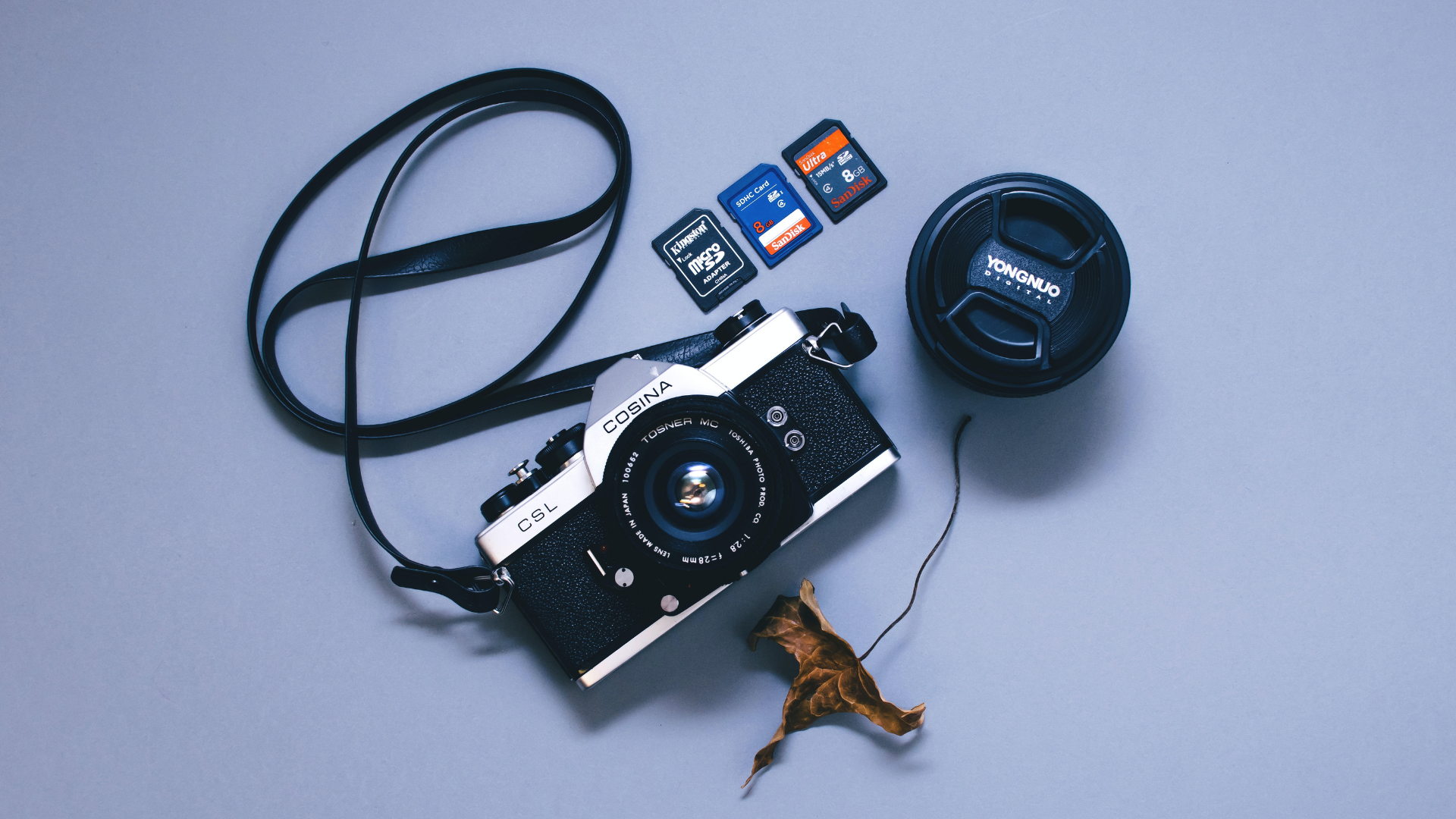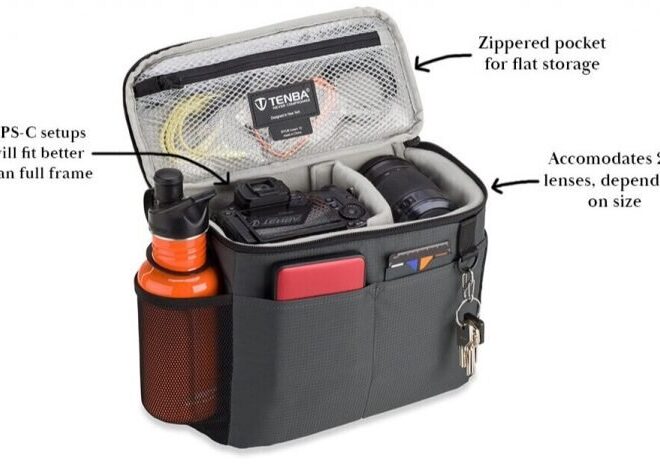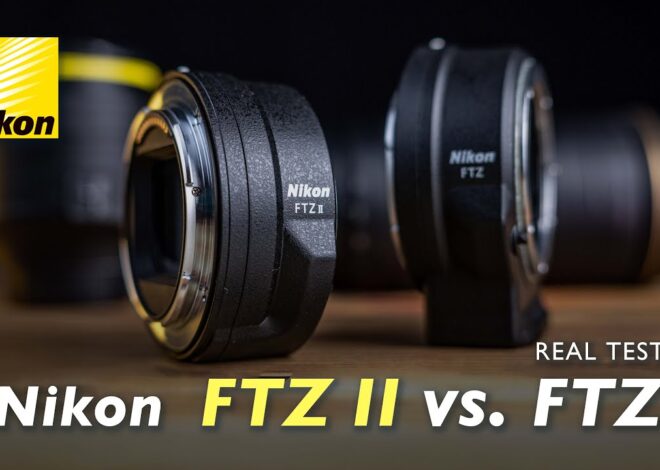
Canon rf 100-500 vs Sony 200-600: The Super Zoom Lens Debate
As an Amazon Associate, I earn from qualifying purchases.
For a wildlife photographer choosing a lens that suits their needs and performs great can be a big hassle. There are so many options to choose from to build up your wildlife or sports photography kit.
Super Telephoto lenses have come a long way in recent years with constant improvements and new technology that bring out the best images possible. There are a lot of options that will not break your bank.
The Canon RF 100-500mm F4.5-7.1 and The Sony FE 200-600mm F5.6-6.3 are two wonderful options that can satisfy the perkiest of photographers.
In this article, I’ll go over the pros and cons of each lens and help you decide which one would be the best lens for you.
Canon rf 100-500 vs Sony 200-600: Quick Comparison Table
| Features | Canon rf 100-500mm | Sony 200-600mm |
| Mount | Canon RF | Sony E |
| Focal range | 100-500mm | 200-600mm |
| Lens Format | Full-Frame | Full-Frame |
| Maximum Magnification | 0.33x | 0.2x |
| Weather Sealed | Yes | Yes |
| Min. Focus Distance | 0.9m | 2.4m |
| Zoom Type | External | Internal |
| Diaphragm Blades | 9 | 11 |
| Weight | 1365g | 2115g |
| Price | On market | On market |
Comparison of Features: Canon rf 100-500 vs Sony 200-600?
Time to look at the key differences between the two lenses and why they might be of consideration.
Price
Budget can be a real issue in buying the lens of your dreams. The elephant in the room is the price. There is almost a $1000 difference in price between the two lenses.
The Sony FE 200-600mm is a sub $2000 telephoto zoom lens that only costs $1998. With offers, Sony introduces now and then, the price comes down to around $1700.
The Canon RF 100-500mm comes at $2899 which puts it on the pricier side of the shelf. Telephoto zoom lenses are expensive, to begin with, but in this debate, the Canon 100-500mm takes the loss.
If budget is the only concern, then the Sony FE 200-600mm is the clear victor.
Design and Build Quality
Both lenses are built with aluminium shells and neither warrant any real cause for concern in the build quality department. However, Canon and Sony have gone in opposite directions when designing these lenses.
Here is a side-by-side image of the two lenses unextended.

The Sony 200-600mm has an internal zoom design with a replaceable lens foot. Extending the zoom does not cause the length of the lens to increase which is a very nice touch to the lens. It makes the lens comparatively larger and harder to carry inside smaller bags.
The Canon 100-500mm uses the external zoom mechanism meaning that the lens’ length increases as you zoom in more. The weight also shifts towards the front a bit but Canon has kept that in mind and the balance does not feel off when the lens is fully extended.
Both Sony and Canon get a point here despite their differing philosophies. Sony gets one for its internal zoom feature and Canon gets one for the ease of carrying the lens because of its smaller size.
Lens Hood:
The Canon lens comes with a hood that attaches very nicely and has an unlock button that needs to be pressed for the lens hood to come off and that is a game changer.
The Sony lens hood does not come with any button and it comes off fairly easily. It can be a bit annoying if the hood comes off in the field during a shoot.
Here, The Canon 100-500mm gets a point for delivering better accessories.
Weight
The Canon RF 100-500mm weighs around 1400g and is the lighter lens of the two. In wildlife or sports photography, users have to carry the lens around a lot and having a telephoto lens of this size that is not very heavy either can be a bonus.
The Sony FE 200-600mm however weighs more than 2kg, 2115g to be exact. Carrying this can be quite a task for long photography sessions.
Here the Canon 100-500mm is the winner.
Performance
Time to compare the lenses based on performance. Criteria for comparison are sharpness, colour reproduction and focus breathing.
Here is an image taken at the maximum focal length of each lens, the Canon at 500mm and the Sony at 600mm.

The Canon RF 100-500mm falls behind a bit in the colour reproduction but takes the lead in producing a sharper image. The details are more noticeable in the image taken with the Canon lens.
The Sony FE 200-600mm produces more vibrant colours but doesn’t produce the same level of sharpness or detail. So both have their pros and cons.
Here is another image taken at the effective 500mm focal length on both lenses.

Here the Sony FE 200-600mm loses 4-5% effective focal length at close range because of its design and introduces focus breathing.
The Canon RD 100-500mm on the other hand does not have this problem as the effective maximum focal length is 500mm.
The Sony lens has the better reach but the Canon lens produces sharper and better photos.
The winner here is the Canon RF 100-500mm.
Video Stabilization
There is a huge difference in the stabilization capabilities of the lenses when it came to hand-held video capturing.
The Canon RF 100-500mm lens combined with the Canon R5’s IS and IBIS produces amazingly steady videos. Along with the eye tracking mechanism in the video mode it is really easy to take handheld videos of wildlife.
The Sony FE 200-600mm is unable to deliver the same level of stabilization in handheld videos. The videos aren’t as stable as the Canon 100-500mm. This does not pose a problem when the lenses are on a tripod but a lot of the time photographers may have to do it handheld.
So in the handheld video stabilization category the Canon RF 100-500mm is the winner.
Canon rf 100-500 vs Sony 200-600: Which one is the best?
The $1000 premium on the Canon RF 100-500mm is not just for show or a fault on the manufacturer’s part. This lens is absolutely a beast and the samples speak for themselves.
The Canon RF 100-500mm takes the crown and is the winner of this debate.
If budget is not an issue then by all means, go for the Canon RF 100-500mm as it will give you enough reach with the best possible images.
User Feedbacks
Users that have bought the Canon RF 100-500mm over the years have heavily recommended the purchase of this lens. Even though they have to pay such a premium, the lens’ capability was worth every penny.
Users have rated this lens as a very versatile lens. One user has gone as far as to say that the best lens for a Canon R5 or R6 to be paired with is the Canon RF 100-500.
Users that have used the previous generation EF 100-400mm lens have all quickly jumped to the new RF 100-500mm bandwagon and have praised this lens with high regard.
Like the Canon RF 100-500mm, this too is a 2nd generation super zoom lens that was built upon the Sony 100-400mm and improved on.
The Sony FE 200-600mm lens also received high praise from the user base. Most users were astonished by the reach of the lens. A user has stated that it is the best telephoto zoom lens for this price.
Reviews were mixed here and there. The two main concerns the users expressed with this lens are its enormous size and weight and the possibility of cheap parts used to manufacture the lens because it was made in china rather than Japan.
Frequently Asked Questions (FAQs)
How far can a 600mm lens see?
There is no definite distance.
It mostly depends on how big the subjects are and how big you want them to appear on the image. The difference in Full Frame or APS-C can also make a huge difference.
What are the steady shot modes on the Sony 200-600?
The SteadyShot function includes three modes of vibration compensation. These compensate for –
Normal Camera Shake.
Camera shake during panning moving subjects.
Camera shake when minimizing framing disturbances.
Is a 600mm lens worth it?
It is an ideal companion as a super-telephoto lens.
The 600mm range allows you to get right into the action without disturbing the natural habitat of wildlife. For sports, wildlife, and even in aircraft and astrophotography, a 600mm lens is a must-have.
Summary
If you are looking for ultimate reach and your budget is tight, the Sony FE 200-600mm is a very nice option to consider.
But if you want something lighter and smaller which delivers outstanding photos then the obvious choice is the Canon RF 100-500mm.
I hope this article solves the canon rf 100-500 vs sony 200-600 issue and helps you choose the right lens for your camera and your photography needs.
- Read Also: Which Lenses Pro Clickers Should You Use For Fuji GFX 100?
- Read Also: Sigma 150-600mm Contemporary with 1.4x Teleconverter?
- Read Also: XC 15-45mm vs XF 18-55mm: What are The Differences?
- Read Also: 150mm vs 200mm Lens: The Different Focal Lengths and Their Use Scenarios
- Read Also: Kenko vs Tamron Teleconverters & Why Someone Should Consider Using These?



